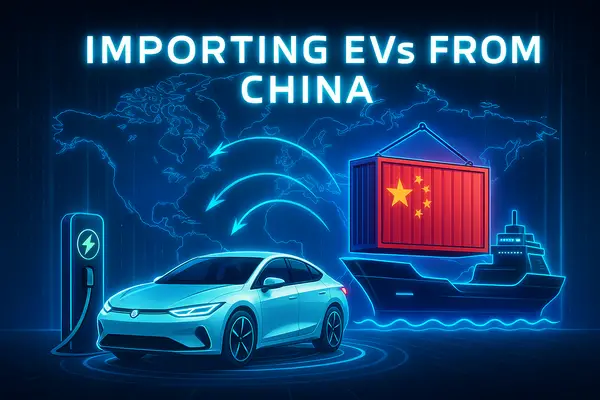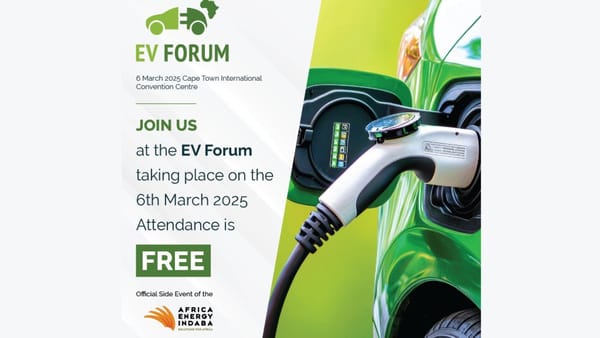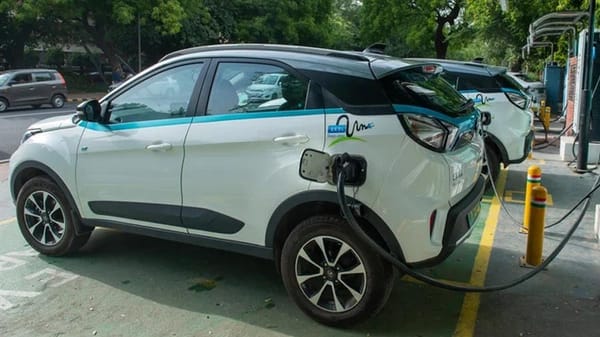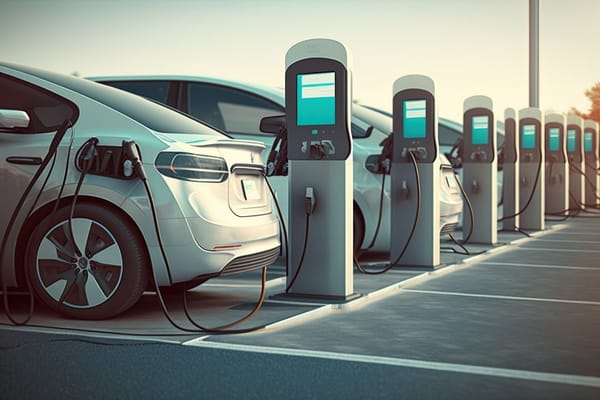Ford To Launch 10 New Electrified Vehicles In China In 3 Years
Ford Motor will produce its first battery-powered sport-utility vehicle in mainland China this year, as part of a three-year plan to…
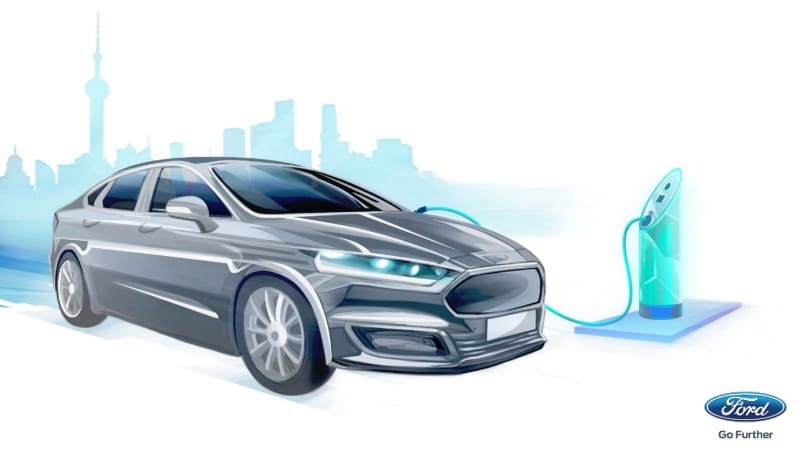
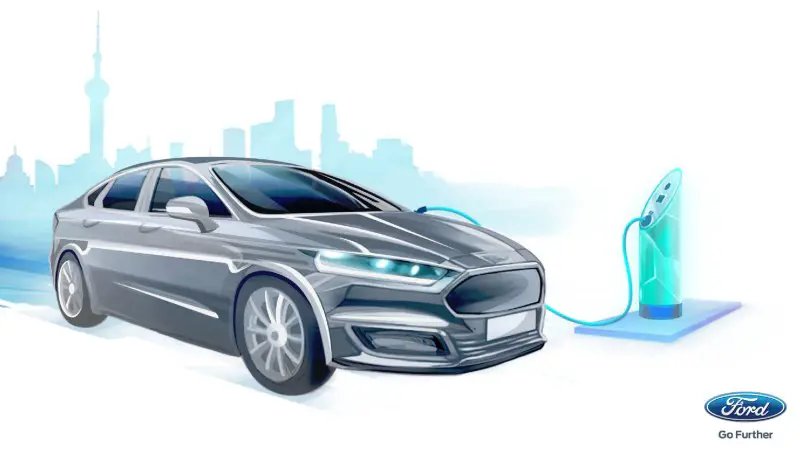
Ford Motor will produce its first battery-powered sport-utility vehicle in mainland China this year, as part of a three-year plan to develop 30 models for the world’s largest auto market, the US car-maker said ten of these models will be new-energy vehicles.
It plans to roll out over 30 new Ford- and Lincoln-branded models in China over the next three years, including more than 10 NEV models, and will strengthen the R&D in autonomous driving, the automakers announced on April 3 at a conference themed “Ford China 2.0” Strategy.
According to the strategy, we know that Ford’s China development planning focuses on 5 core plans, including the “330” Product Plan, Smart Technology Plan, China Innovation Plan, China Partner Plan as well as China Talent Plan.
The new in-car infotainment system SYNC+ offering enriched connectivity experience was officially launched at the conference. Ford also plans to begin equipping new vehicles in China with C-V2X technology in 2021. Besides, it will strive to promote the application of the connectivity system and the Co-Pilot360™ intelligent driving assistance system in more models.
Regarding the “China Innovation Plan”, Ford Motor will set up an innovation hub, a design center and a new energy center in China, further increasing the investment in product R&D. Nanjing Research & Engineering Centerand and Ford’s joint ventures in China are empowered to focus on the development of local vehicles and services.
As to the China Partner Plan, Ford continues to strengthen cooperation with its joint-venture partners — Changan Automobile and Jiangling Motors Corporation Group focusing on product, marketing and sales and technology development, and team up with more China’s local technology companies. Meanwhile, it will enhance its presence in NEV industry, introducing more industrial and capital resources with more flexible cooperation and operation modes.
Talent pool is another highlight for “Ford China 2.0” strategy. The automaker is going to recruit more high-level management talents for Ford China’s executive team. In addition, it will work hard on the cultivation of local employees, quickly adjusting strategies based on the real-time market trends and speeding up decision-making.

